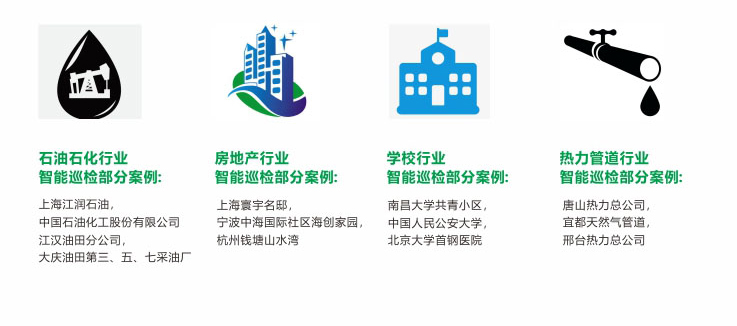About Zirgy
[+]

export@shzjsmart.cn

Address
3F, Building 1, 875 Qiuxing Road, Pudong New District, Shanghai
Zirgy intelligent patrol management system
Operating principle of the intelligent patrol system
The intelligent patrol system integrates technologies such as RFID reading and writing, QR codes, barcodes, big data processing, wireless network communication, and image processing, and uses the Internet to form a real-time inspection management system. When conducting inspections, inspectors hold a smart inspection terminal (PDA) in their hands. They can provide textual descriptions, take pictures or record videos of the situations occurring at the inspection points, and they can also use voice intercom. When approaching the inspection points, the data is successfully read and transmitted back to the intelligent inspection management system platform through the GPRS network or WIFI. The management system platform can view and summarize the inspection information uploaded in real time by the inspectors through the intelligent patrol system. It also ensures the objectivity and authenticity of the data to the greatest extent possible, avoiding various human factors. Based on the authenticity of the data, it can manage the status and parameters of the equipment according to the needs of the managers. The intelligent patrol system effectively plays its full role in aspects such as intelligent management, security prevention, and intelligent office work. By applying technologies such as cloud computing, big data, the Internet of Things, and visualization, the staff can sit in the office and, with just a click of the mouse, intuitively understand the real-time situations of the inspectors and the safety of the facilities within the entire area through the WEB platform. In this way, it conducts intelligent patrol system management for the regularity of routine inspections of many established production and operation standards to strictly ensure the safe, stable, and efficient operation of production equipment.

Outstanding advantages of RFID
 |
 |
Large data storage capacity The two-dimensional bar code with the largest data capacity can store at most 2,725 digits. If it contains letters, the storage capacity will be even smaller. However, the storage capacity of an RFID tag is more than 2 to the power of 94 (nearly ten thousand characters).
|
 |
 |
 |
Convenient reading The data can be read without the need for a light source, and it can even be read through the outer packaging. For passive tags, the farthest reading and writing distance can reach up to 1.5 meters. When using active tags with built-in batteries, the effective identification distance can exceed 30 meters. |
 |
Fast speed of reading and writing It adopts a contactless method and has no directional requirements. Once the tag enters the magnetic field, the reader can immediately read the information in it. Usually, a read-write operation can be completed within a few milliseconds. The anti-collision mechanism adopted enables it to process multiple tags simultaneously, achieving batch identification. |
 |
Anti-collision There is a fast anti-collision mechanism in the electronic tag, which can prevent data interference between the cards. Therefore, the reader can process multiple contactless radio frequency cards "simultaneously", handling more than 200 cards at a time. It does not require a light source and can even read data through external materials. |
|||
 |
High data security RFID is a unique 40-bit identification internal code that conforms to the international unified encoding system of electronic product codes. It is solidified in the chip before leaving the factory and is non-repetitive, and it cannot be replicated or modified. This technology is very difficult to be counterfeited or invaded. |
 |
Superior physical performance It can store both permanent and non-permanent data. The information in the rewritable memory can be changed freely. The data can be updated dynamically and used repeatedly (it can be erased and written 100,000 times, and read infinitely). It has a long service life (10 years or 100,000 read-write cycles), can withstand high and low temperatures, and can adapt to various working environments and conditions. |
Application background of inspection management
| The modern electronic patrol system is a set of electronic equipment-based inspection patrol system. It is the most effective and scientific system that coordinates technical prevention and human prevention, used to supervise and manage whether inspection personnel follow the specified route, inspection a specified number of inspection points within the specified time. Its main purpose is to enhance the sense of responsibility and enthusiasm of inspection staff, eliminate potential hazards in a timely manner, and prevent problems before they occur. The electronic patrol system is widely applied in coal mines, educational institutions, military units, grain depots, railways, telecommunications departments, factories, public security departments, and residential communities.
With the development and maturation of technology, many new technologies have been applied in inspection products. The inspection sticks have enhanced the performance of inspection products, and the integration of some new technologies has even changed the way of inspection. In the continuous practice, many problems caused by the deficiencies of inspection products have been gradually solved, making the functions of inspection products increasingly perfect and providing good technical support for inspection management.
At present, most product designers, restricted by technology, have abandoned the advantage of real-time monitoring that the online contactless patrol system possesses. They have phased out the method of reading information through touch-type buttons and replaced it with the contactless induction method of reading information using Radio Frequency Identification (RFID) technology. Among them, the inductive patrol system and the long-distance self-inspection patrol system are the main types.
|
 |
 |
The inevitable trend of RFID in the future
| RFID is widely applied and is involved in all aspects of social life. It can be used in various fields such as asset management, logistics, retail, manufacturing, the garment industry, healthcare, identity recognition, anti-counterfeiting, transportation, food, automotive, military, and financial payment. RFID has a significant effect on improving the operational efficiency of enterprises and reducing operational costs. Currently, it is being promoted relatively rapidly in the fields of financial payment, identity recognition, traffic management, and logistics. It is also gradually being tried in fields like retail and the garment industry, and there is huge space for downstream applications.
Compared with barcodes, RFID electronic tags, which can store information and scan multiple tags simultaneously, have technical and functional advantages. However, the cost gap has always hindered the popularization of RFID technology. In recent years, with technological advancements and the gradual expansion of the application scale, the cost of RFID electronic tags has significantly decreased, which will contribute to the sound development of the industry.
|
 |
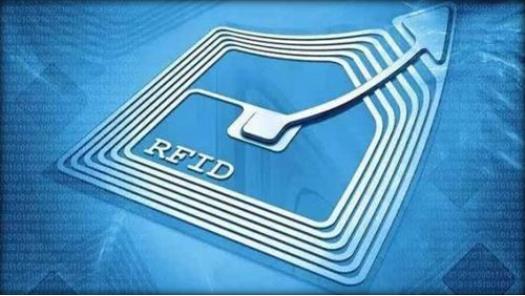 |
Anticipated goals
| 1 | Achieve accurate recording of the information of the inspection points. |  |
2 | Achieve the custom setting and planning of the inspection route. |
| 3 | Achieve the binding of inspection points with RFID tags, ensuring that the information on the cards is consistent with that of the locations. Each inspection point has a unique identifier, which facilitates the recording and searching. | 4 |
Automatically inspect and inspection the locations, intelligently identify and fill in the information content, and achieve one-click operation.
|
|
| 5 | Achieve normal use in offline mode, and the data will be automatically uploaded when connected to the network. | 6 | Improve the timeliness and accuracy of inspection information, and easily obtain information such as the inspection records of each inspection location. |
Various benefits
| Reduce various costs of the enterprise Personnel costs, time costs, consumables costs, etc. Reduce the loss, damage, and expiration of goods, etc. Improve efficiency and shorten the operation time. Comprehensively improve the operation efficiency from warehousing, in-warehouse operations to outbound operations. Overtime work is eliminated, and there will be no outbound delays. Reduce the operation error rate, and decrease the losses and adverse impacts. Problems such as items not being dispatched, mis-dispatch, and incorrect delivery are reduced. The accuracy rate is improved through RFID technology, enabling accurate grasp of the inventory. |
 |
 |
 |
 |
 |
 |
 |
|
Paperless Labor force liberation
Electronic waybill
Manual labor reduction
|
 |
Identify the tag and confirm the inspection Customize the inspection route Automatically give a reminder when there is a problem. |
 |
Inspection automation Intelligent data filling Convenient for offline use Optimize the efficiency to the best extent |
Automatically identify the inspection location
|
|
 |
Fully automatic intelligent inspection
When the inspection personnel are performing the inspection task, as they pass by a inspection point, the system will cooperate with the hardware equipment to automatically scan the RFID tag at the inspection point, achieving the effect that once the person arrives, the point is scanned. |
Automatically fill in the inspection content
| The device is equipped with a display for intuitive and efficient operation. When the inspection personnel pass a inspection point, the system, in conjunction with the hardware equipment, will automatically scan the RFID tag at the inspection point. The system can automatically identify the type of input content bound to the tag and pop up the corresponding input interface, enabling oneclick content input.
|
 |
Customize the inspection route.
| Intelligent prompts and inspection according to the route. During the inspection process, the inspection personnel conduct inspection operations according to the preset inspection route. When the device enters a inspection location that does not conform to the route, the system will automatically prompt the inspection personnel that they have entered a location that does not conform to the route, so that they can correct the route in time.
|
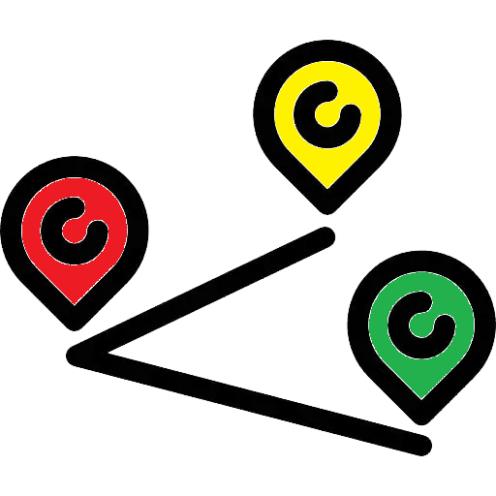 |
It can be used offline and automatically upload data when connected to the network.
| When connected to the network, data is synchronized to the cloud in realtime. During the inspection process, the inspection device can be used offline. The data of the RFID tags scanned at the inspection points will be stored in the local database. Once the device enters a network environment, the system will automatically upload the scanned data in realtime and synchronize it to the cloud.
|
 |
Application scope of the intelligent patrol system
The intelligent inspection management system is one of the relatively advanced intelligent inspection management systems in the world at present. The whole system combines technologies such as GPS, GPRS, GIS, and RFID. It realizes the functions of intelligent patrol systems required in various industries. It is easy to operate, highly costeffective and reliable, and has been widely applied in various fields of safety inspection and management systems, including security, heating pipe networks, gas pipelines, telecommunications, the military, public security, coal mines, railways, petroleum and petrochemical industries, agriculture, animal husbandry, forestry, etc.

Components of the intelligent patrol system
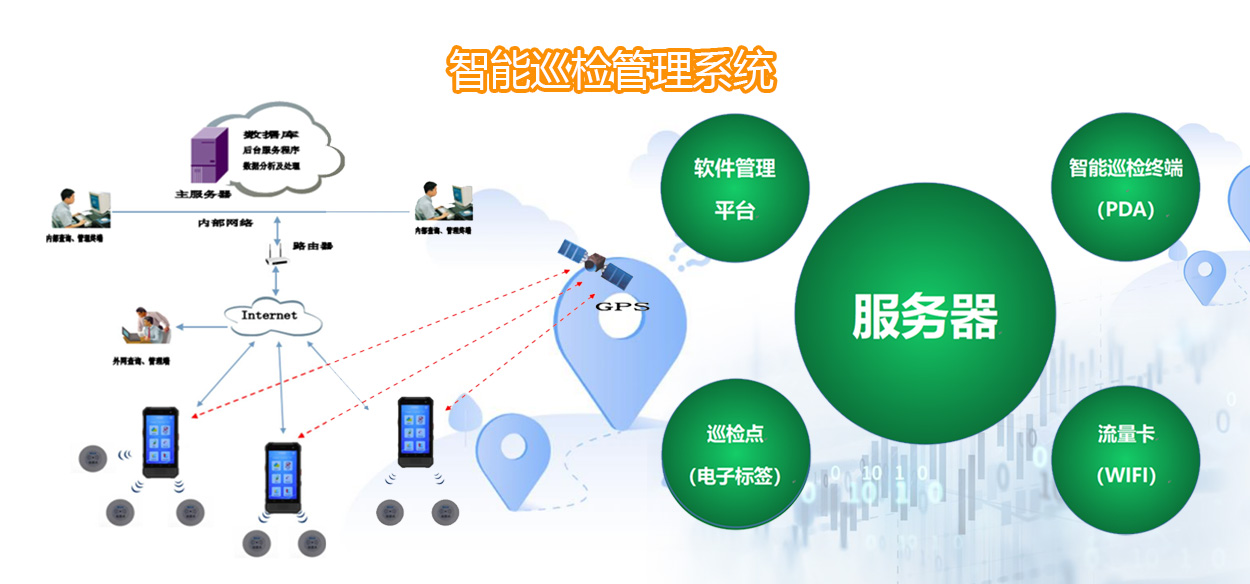
Enterprise patent
|
As one of the earliest domestic companies to enter the RFID field, Shanghai Zirgy took the lead in the industry to launch an intelligent patrol system based on RFID technology through continuous technological innovation. It has also applied for the original basic invention patent No. 2020SR1173237 and other core patents in China.
|
 |
Intelligent inspection machine
Quadcore
CPU: CortexA53, 1.45GHz
RAM + ROM: 2GB + 16GB
Expandable memory: MicroSD (TF) card, expandable up to 128GB
Operating system: Android 6.0; supports Soti MobiControl, SafeUEM, etc.
Octacore
CPU: CortexA53 Octacore, 2.5GHz
RAM + ROM: 3GB + 32GB
Expandable memory: MicroSD (TF) card, expandable up to 128GB
Operating system: Android 8.1; supports Soti MobiControl, SafeUEM, etc.
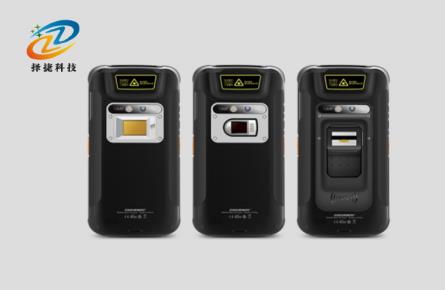
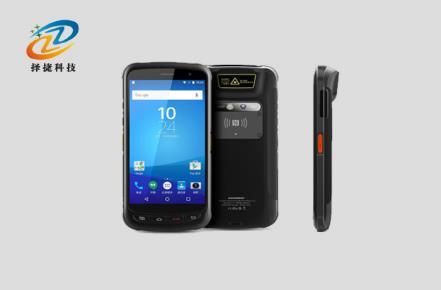
Function introduction of the intelligent patrol system
1. Administrator accounts
The intelligent patrol system can allocate multiple types of administrator accounts and assign different permissions to each. Administrators can manage the detailed system data within their permission scope.
2. Department management
The intelligent patrol system can allocate and manage different departments in the system according to requirements.
3. Route management
The intelligent patrol system designs different management routes for different departments.
4. Plan assessment
The assessment results of the intelligent patrol system can be queried through specific inspection records in the intelligent inspection management system. It also supports graphical display and allows data export according to specific needs.
5. Intercom management
The intelligent patrol system can add all intelligent inspection devices in the intelligent inspection management system to a group and enable intercom via the network without distance limitations, thus overcoming the drawbacks of traditional patrol systems.
6. Hidden danger viewing
During the inspection process, when encountering emergencies, the inspection terminal can be used to take photos, record videos, and provide text descriptions for realtime transmission. The data will be displayed on the cloud platform in realtime, and the location will be shown on the electronic map.
7. Emergency alarm
In case of an emergency, by longpressing the emergency alarm button on the intelligent inspection terminal, the device will transmit the video to the cloud platform in realtime. The cloud platform will sound an alarm, enabling managers to resolve the issue promptly through the intelligent inspection management system.
8. Realtime monitoring
When inspectors are on the field, administrators can monitor each inspector through the intelligent patrol system platform and see their locations.
9. Historical trajectories
The operation trajectories of each inspector can be systematically managed through the software of the intelligent patrol system platform.
10. Notifications and announcements
Managers can issue tasks or notifications to inspectors on the intelligent patrol system platform. After receiving the information on the handheld terminal, inspectors can provide feedback, which will be sent back to the intelligent patrol system platform.
11. Battery level check
The intelligent patrol system can monitor the battery level of each inspection device.
12. Operation logs
Managers can view the specific operation logs of their subordinate management operators through the intelligent patrol system platform.
The intelligent patrol system can allocate multiple types of administrator accounts and assign different permissions to each. Administrators can manage the detailed system data within their permission scope.
2. Department management
The intelligent patrol system can allocate and manage different departments in the system according to requirements.
3. Route management
The intelligent patrol system designs different management routes for different departments.
4. Plan assessment
The assessment results of the intelligent patrol system can be queried through specific inspection records in the intelligent inspection management system. It also supports graphical display and allows data export according to specific needs.
5. Intercom management
The intelligent patrol system can add all intelligent inspection devices in the intelligent inspection management system to a group and enable intercom via the network without distance limitations, thus overcoming the drawbacks of traditional patrol systems.
6. Hidden danger viewing
During the inspection process, when encountering emergencies, the inspection terminal can be used to take photos, record videos, and provide text descriptions for realtime transmission. The data will be displayed on the cloud platform in realtime, and the location will be shown on the electronic map.
7. Emergency alarm
In case of an emergency, by longpressing the emergency alarm button on the intelligent inspection terminal, the device will transmit the video to the cloud platform in realtime. The cloud platform will sound an alarm, enabling managers to resolve the issue promptly through the intelligent inspection management system.
8. Realtime monitoring
When inspectors are on the field, administrators can monitor each inspector through the intelligent patrol system platform and see their locations.
9. Historical trajectories
The operation trajectories of each inspector can be systematically managed through the software of the intelligent patrol system platform.
10. Notifications and announcements
Managers can issue tasks or notifications to inspectors on the intelligent patrol system platform. After receiving the information on the handheld terminal, inspectors can provide feedback, which will be sent back to the intelligent patrol system platform.
11. Battery level check
The intelligent patrol system can monitor the battery level of each inspection device.
12. Operation logs
Managers can view the specific operation logs of their subordinate management operators through the intelligent patrol system platform.
